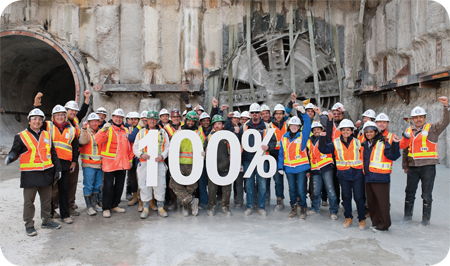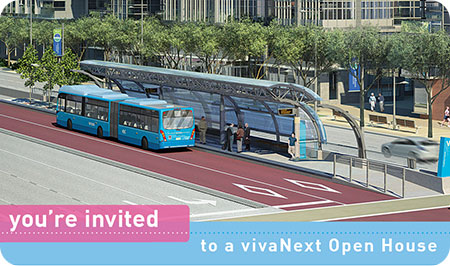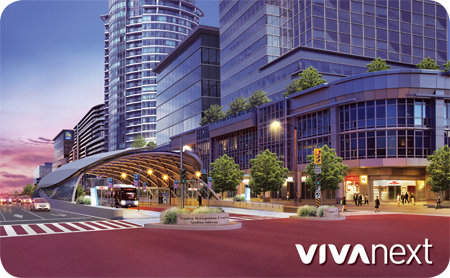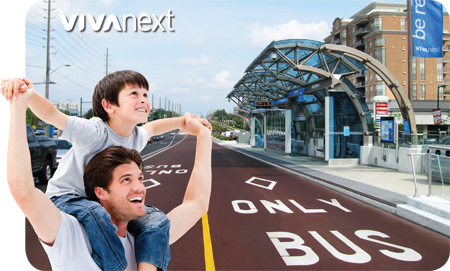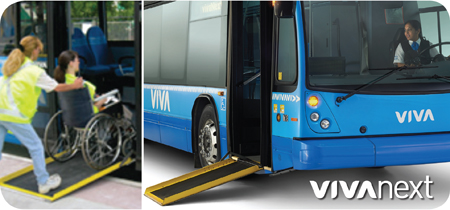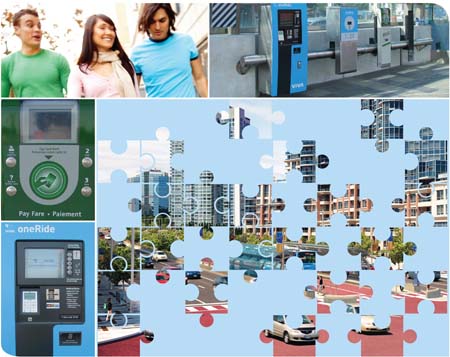photograph provided by The Toronto Transit Commission [TTC]
Here at vivaNext, we’re excited to announce that the Toronto-York Spadina Subway Extension (TYSSE) project has achieved another significant milestone – tunnelling for the project is 100% complete!
In the summer of 2011, the first Tunnel boring machine (TBM) “Holey” began boring from a launch shaft at the Downsview Park Station site. Since then, rain or shine, TBMs “Holey”, “Moley”, “Yorkie” and “Torkie” have been working hard and have collectively bored 6.4 kilometres of twin tunnels for the TYSSE project.
The final segment of tunnelling was finished when “Torkie” broke through the headwall at the Vaughan Metropolitan Centre (VMC) Station site, finishing the tenth and final tunnel drive for the project. This sets the stage for the next phase of work in the tunnels including installation of inverts and walkways, track, traction power, signals and communications systems.
With help from our friends at Toronto Transit Commission (TTC) we have some pretty cool photos and videos of the breakthrough to share with you on our website – see them here!
The TYSSE is an 8.6-kilometre extension of the TTC’s Yonge-University-Spadina subway line from Downsview Station to the VMC Station at Highway 7 in York Region.
Vaughan’s VMC station will be the northernmost station, connecting to a variety of other transit services. Situated in the future VMC development area, this station will act as a transportation hub, including convenient passenger pick-up and drop-off, a York Region Transit bus terminal, and connection to the viva rapidway running in dedicated lanes east and west along Highway 7.
Residents and visitors alike will enjoy the variety of transit options and mixed-use development offered in the VMC area. It will be a great place to work, shop or relax, and getting there will be easy whether you walk or ride transit.
Construction work for the TYSSE project is expected to be completed by fall 2016. Once the subway extension is completed, it will have 6 new subway stations (check out the TYSSE guide to station names) and 3 new commuter parking lots.
To learn more about the TYSSE project and sign up for construction notices, visit vivanext.com.

